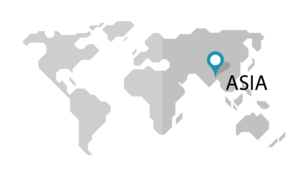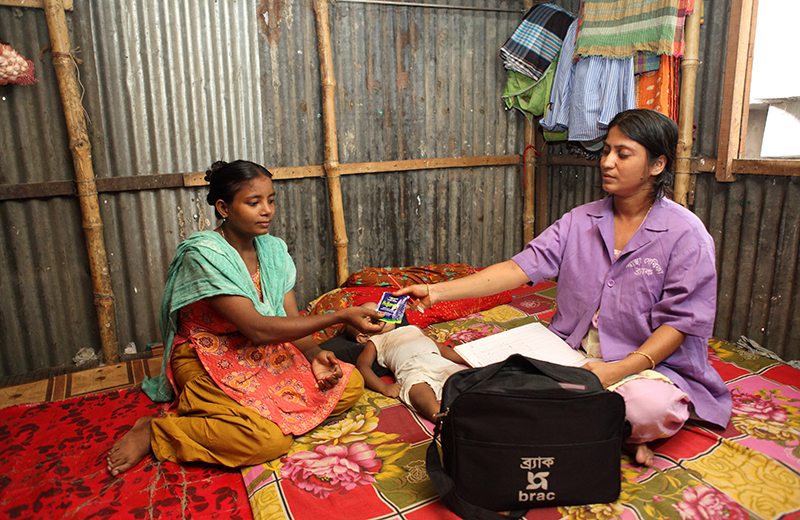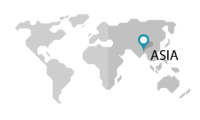Region



Region

What it does
BRAC, the world’s largest NGO, operates a variety of programs in 11 countries to improve health and economic opportunity for the world’s poorest populations. In Bangladesh, BRAC’s Manoshi Project provides a range of health services for women, children, and adolescents in growing urban slums. Manoshi’s services cover a total population of nearly seven million residents of these informal settlements, who live in precarious, overcrowded housing and lack access to clean water and sanitation. Bangladeshi women and children living in slums have especially poor health outcomes and are hard to reach with life-saving health services due to population density, high mobility, socio-cultural barriers, and inability to pay.
Manoshi works to reduce maternal and infant mortality by recruiting and training local women to become community health workers, who then identify all pregnant women in their assigned geographical area and conduct routine home visits. To ensure healthy pregnancy and childbirth, Manoshi provides a full range of reproductive health services, spanning from pregnancy through the postnatal period, such as access to contraception, pregnancy care, skilled delivery, and referral for complications. Manoshi also supports both mother and child after childbirth through post-pregnancy care, breastfeeding support, and complementary feeding education. It also provides basic child healthcare for children up to five years of age, including pneumonia and diarrhea management. Manoshi specifically encourages women to give birth with the help of skilled birth attendants, such as in one of Manoshi’s 136 assisted delivery facilities, which further ensures safe and respectful care. More recently, it has begun expanding to include services such as primary care for adolescents and screening of certain chronic health conditions in adults.
How effective is it
Manoshi has successfully adapted BRAC’s rural community health model to reach underserved mothers and children in urban slums. Manoshi’s most recent data shows that from 2008 to 2013, both the maternal and neonatal death rates in areas served by Manoshi dropped by over half. This moved death rates from above Bangladesh’s national averages to well below, despite the high mortality rates that often arise from high-poverty slum conditions. From 2007 to 2011, the percentage of births in Manoshi areas that occurred in health facilities also increased from 15% to 59%, while national averages only increased from 25% to 28%, suggesting that mothers served by Manoshi have more access to clean, safe deliveries, a key factor in preventing maternal and neonatal mortality. Among women in the areas served by Manoshi, prenatal care also increased from 27% to 52% in those four years.
How you can help
According to Manoshi, it costs $2 to $5 to provide prenatal and postnatal care per woman, per check-up. Basic training for a Manoshi community health worker ranges from $150 to $265. The cost of running a delivery center is about $190 to $250 per month, or up to $1,000 to $1,250 for Manoshi’s more specialized maternity centers, which were built to address both increased caesarean section rates among referred delivery cases and community requests for comprehensive service, skilled care, and better management of birth complications. To donate any amount, visit http://www.brac.net/.
Other organizations in this region
The Comprehensive Rural Health Project, Jamkhed (CRHP) in the state of Maharashtra, India has pioneered community-based methods to health for over 40 years, and is a leader in training others in these approaches. Society for Education, Action and Research in Community Health (SEARCH) has pioneered newborn health home visits and treatment in the impoverished Gadchiroli district of central India, and has helped build the evidence base of best practices in community health. Both NGOs have partnered effectively with the public sector in rural India to bring their health innovations to millions. Read more about CRHP and SEARCH in our Child Survival Toolkit.
